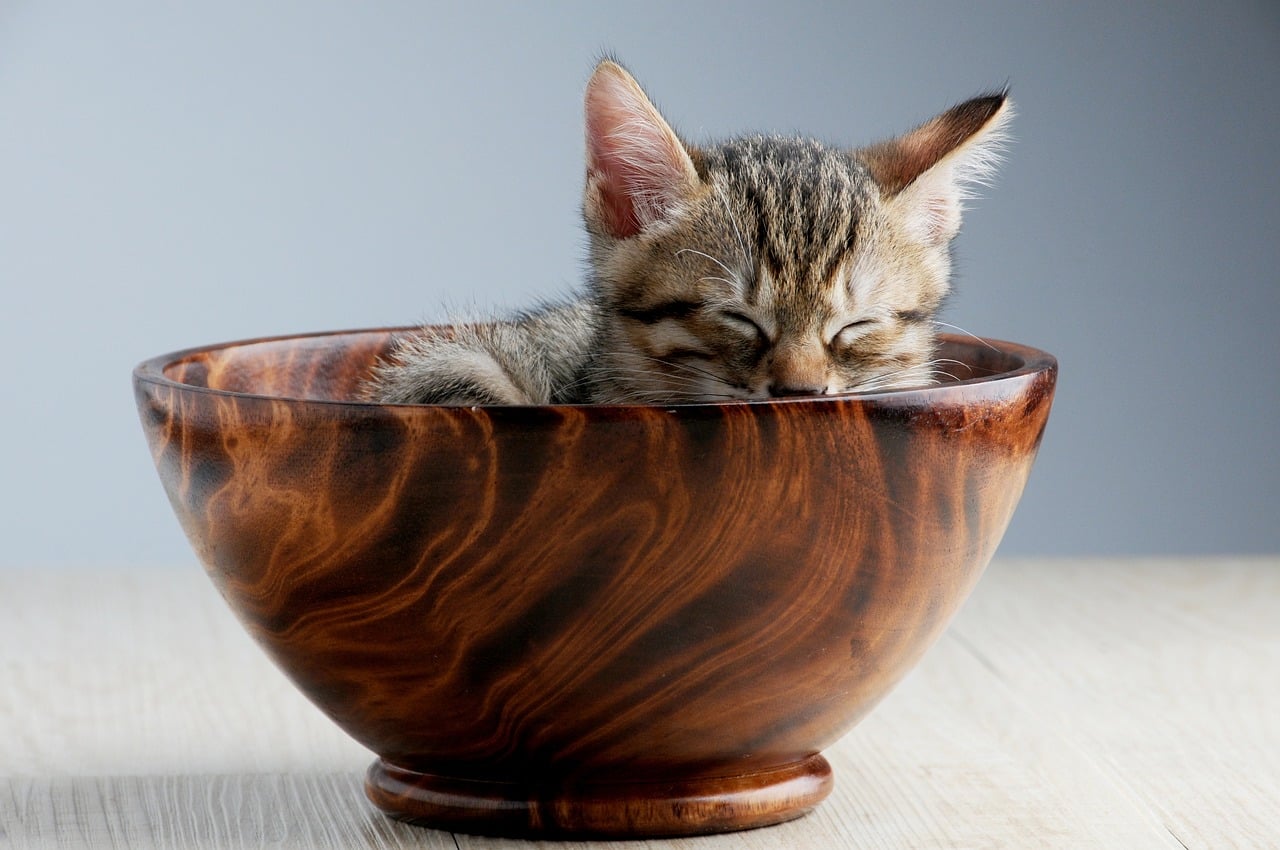Can You Train a Cat to Use Human Toilet Facilities Safely?

The domestic feline has been a companion to humans for thousands of years. They’ve mastered the art of using a litter box, but have you ever wondered if your pet could learn to utilize your toilet? Is it even possible, or safe, to train your cat to use the bathroom in the same way you do? Well, you might be surprised to find out that training cats to use a human toilet is not as far-fetched as it seems. In this article, we’ll delve into the steps you can take to train your feline friends and address the health and behavior implications of doing so.
Understanding Cat Behavior
It’s crucial to understand your cat’s behavior and inherent instincts before embarking on toilet training. Cats are creatures of habit – they like their routines and are not big fans of change. So, while it’s possible to train your cat to use the toilet, it may not always be the best option for every cat.
Sujet a lire : Treating minor injuries in your pet
Cats naturally bury their waste to hide their presence from predators. This behavior is instinctual and is passed down from their wild ancestors. The traditional litter box mimics this natural behavior, providing a sandy substrate for cats to dig and bury their waste.
Toilet training a cat involves not just changing a cat’s usual bathroom habits but also rewiring natural instincts which can be stressful for some cats. It’s crucial to consider the impact of this training on the overall well-being of your cat.
A voir aussi : What Are the Best Nutritional Strategies for Overweight Turtles?
Steps to Toilet Training Your Cat
If you’ve weighed the implications and decided to go ahead, the next step is to prepare for the training process.
You’ll need a training kit such as a Litter Kwitter or a homemade version featuring a series of trays with progressively larger holes that fit over your toilet seat. You’ll also need flushable cat litter and a good amount of patience.
Begin the process by gradually moving your cat’s litter box closer to the bathroom. Once the litter box is in the bathroom, place the training tray with no hole on the toilet seat and fill it with litter. Allow your cat some time to adjust to this new setup.
Over time, you will start using trays with larger holes, allowing your cat to adjust to the sensation of eliminating directly into the toilet bowl. Simultaneously, gradually decrease the amount of litter used until no litter is needed. Remember, patience is key during this process.
Challenges and Possible Solutions
Toilet training your feline companion is not all smooth sailing. Cats may show resistance or even regress during the training process. However, don’t despair just yet; there are ways to handle these challenges.
If your cat is showing resistance, try slowing down the pace of training. If your pet seems uncomfortable using a tray with a larger hole, switch back to the previous, smaller one.
If your trained cat begins soiling outside the toilet, it could be a sign of stress or health issues. Consult a veterinarian to rule out any medical problems. If health isn’t the issue, consider hiring a pet behaviorist to help identify and address the stressors causing the inappropriate elimination.
Health Monitoring
Finally, it’s important to address the potential impacts on your cat’s health. When cats use a litter box, they leave behind evidence of their health status. Changes in the frequency, color, or consistency of their waste can be indicators of health issues, and these changes can be easily spotted in a litter box. This regular monitoring becomes difficult once your cat is toilet trained.
Therefore, it’s crucial to ensure that you are diligent about scheduling regular vet visits to keep up with your cat’s health. Be alert for any signs of discomfort or behavior changes in your cat, as they may be indications of a health issue that would otherwise have been detected in a litter box.
In summary, it is possible to train your cat to use a toilet, but it’s essential to ensure the process is stress-free and to be aware of the implications on your cat’s behavior and health. Always remember, the well-being and comfort of your cat should be the highest priority.
Advantages and Disadvantages of Toilet Training Your Cat
Toilet training your cat comes with its own set of advantages and disadvantages. Understanding these can help you make an informed decision about whether this training is the best choice for your beloved pet.
One significant advantage of toilet training your cat is the potential cleanliness it brings to your home. The absence of a litter box means no more litter dust, odors, or mess around the house. Your cat will also be less likely to track litter around your home after using the toilet, a common issue with traditional litter boxes.
Moreover, toilet training can be cost-effective in the long run. Once your cat is fully toilet trained, you’ll no longer need to invest in cat litter, which can lead to significant savings over time.
However, the disadvantages need to be weighed as well. One of the main downsides is that the process can be time-consuming and may cause undue stress to your cat. Not all cats take to toilet training easily, and it’s essential to closely monitor your cat’s behavior during the training process.
Moreover, as previously mentioned, you lose a vital way of monitoring your cat’s health when they start using the toilet. Changes in the waste that could indicate health issues might go unnoticed unless you’re diligent about regular vet visits and constantly watching for changes in your cat’s behavior.
Conclusion: The Feasibility of Cat Toilet Training
In conclusion, while it’s certainly possible to toilet train your cat, it’s not a decision to be taken lightly. The process requires patience, dedication, and a clear understanding of your cat’s habits and comfort level.
It’s also crucial to remember that just because a cat can be trained to use a toilet, doesn’t mean it should be. The welfare of your cat should always be the top priority. If your cat shows signs of stress or discomfort during the training process, it’s best to revert to a traditional litter box setup.
If you decide to proceed with toilet training, ensure you have the right tools and a solid plan of action. Using a product like the Litter Kwitter, or a homemade alternative, can help guide you through the process. Remember, each cat step through the training must be gradual and considerate of your feline friend’s comfort.
In the end, the decision to toilet train your cat is personal and depends on your circumstances, your cat’s personality, and your readiness to handle potential challenges. However, if done correctly, a toilet trained cat can bring about a unique sense of accomplishment and provide a clean, odor-free environment for both of you to enjoy.
